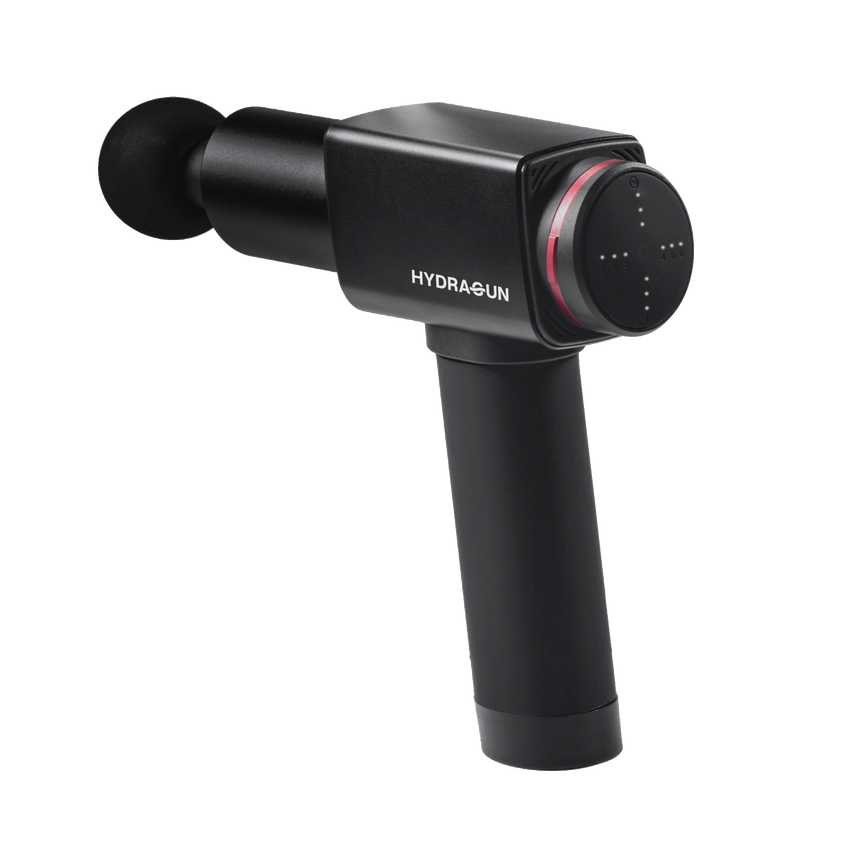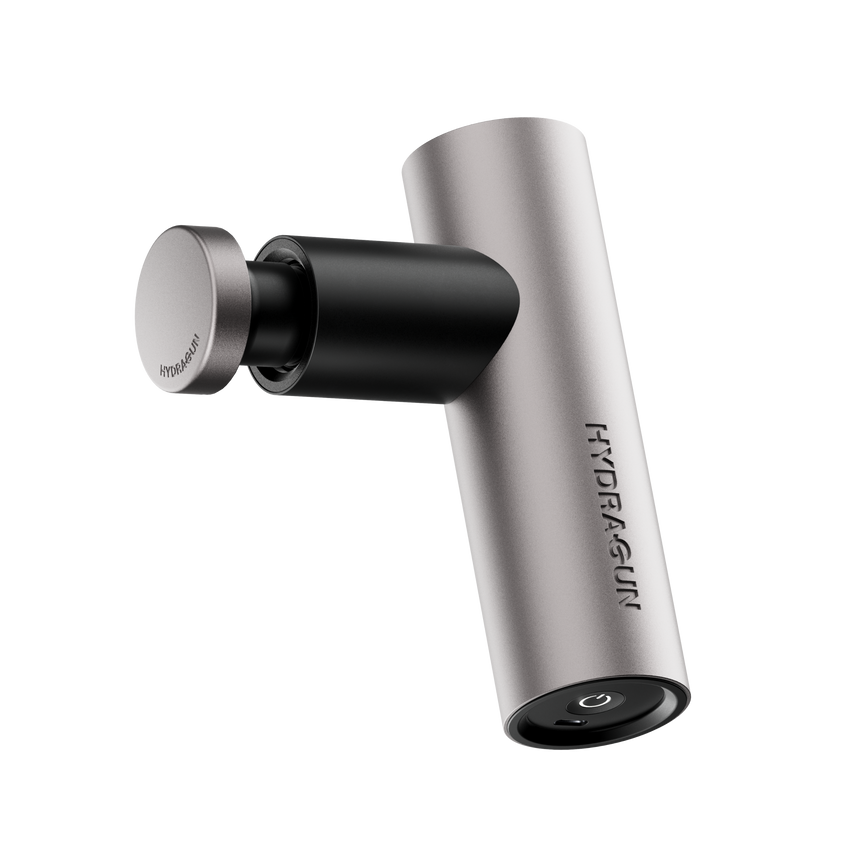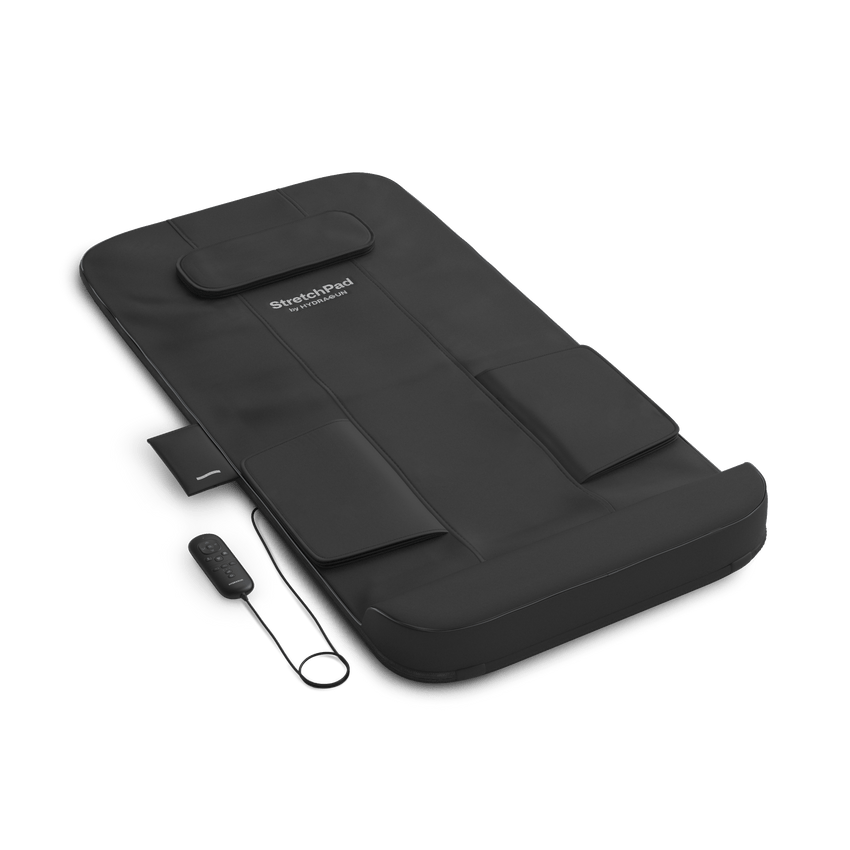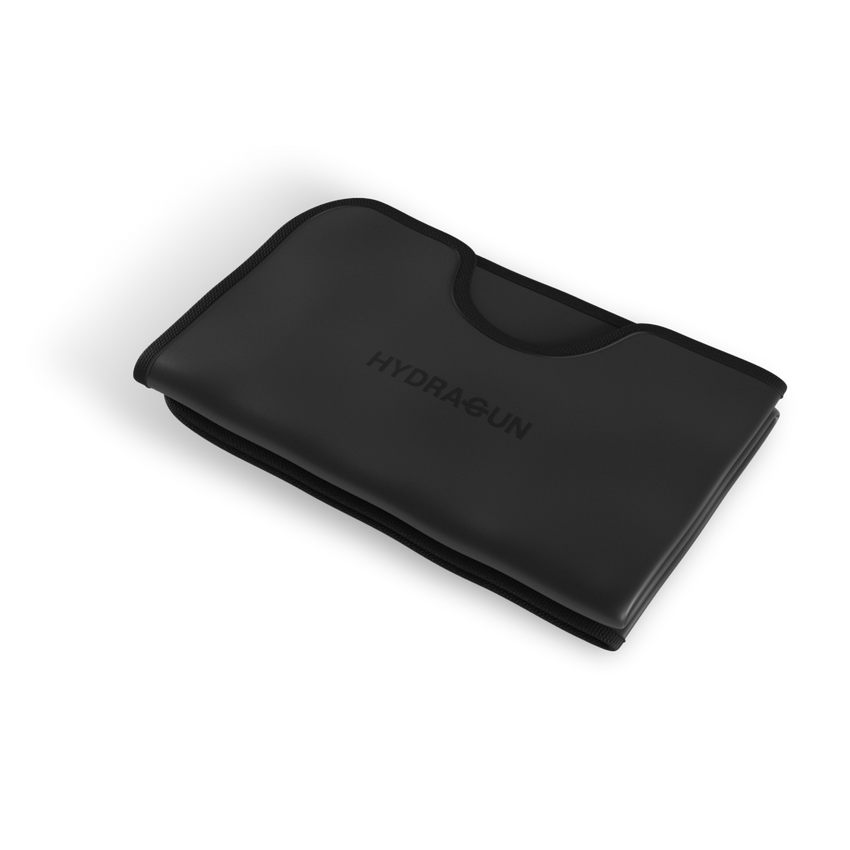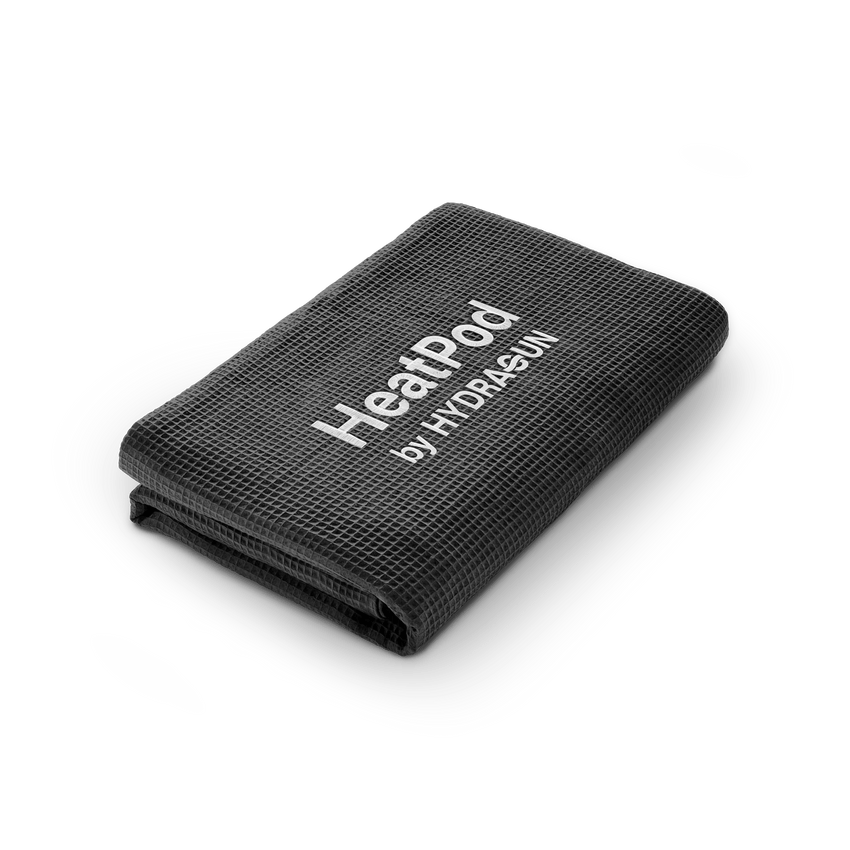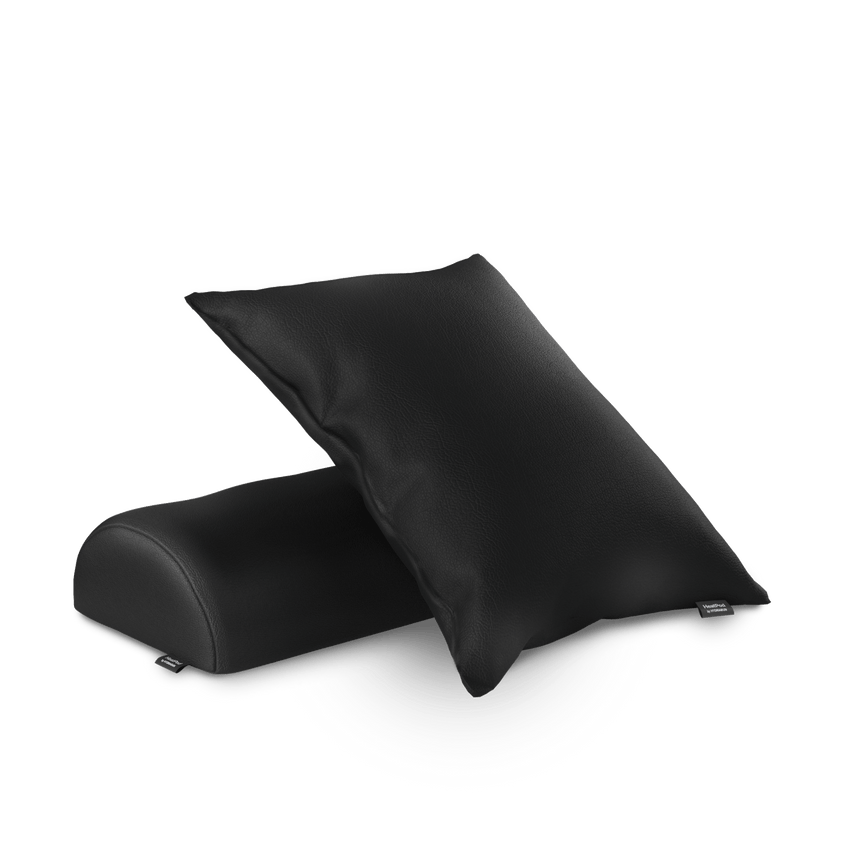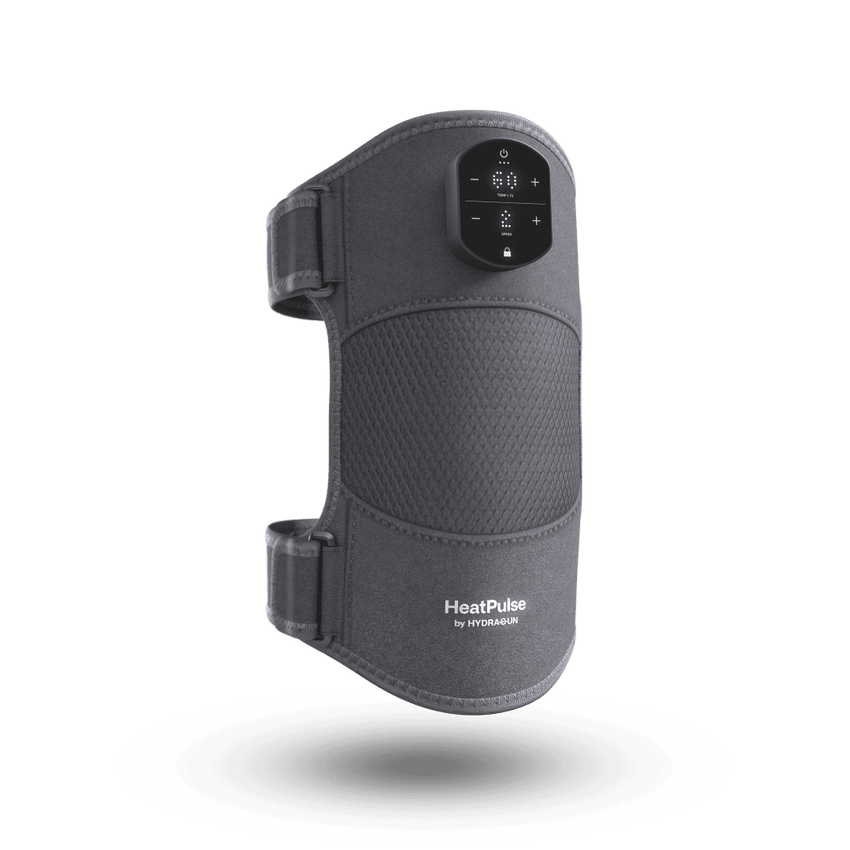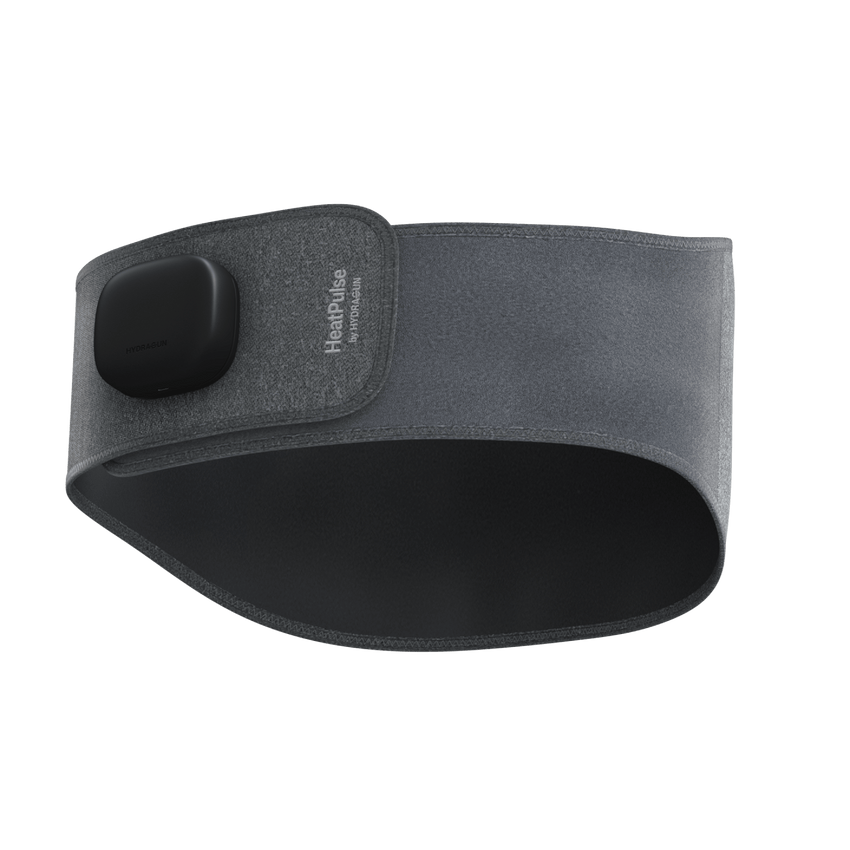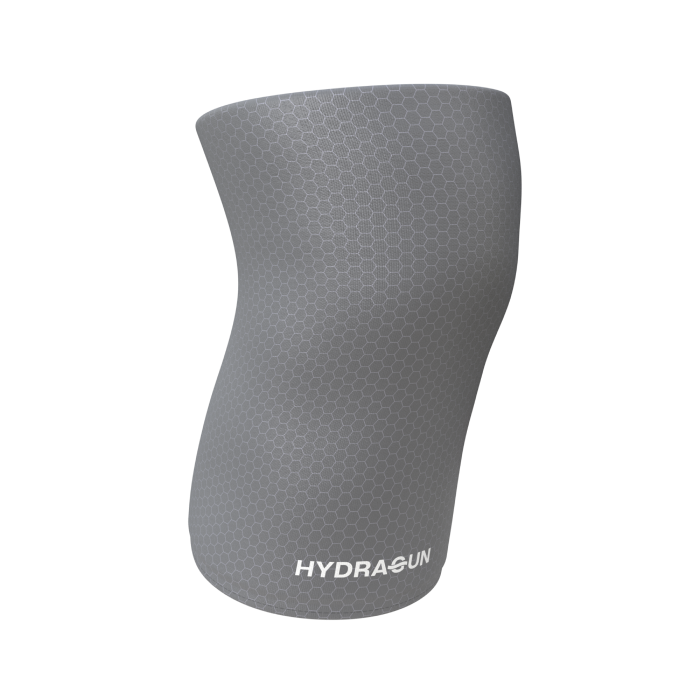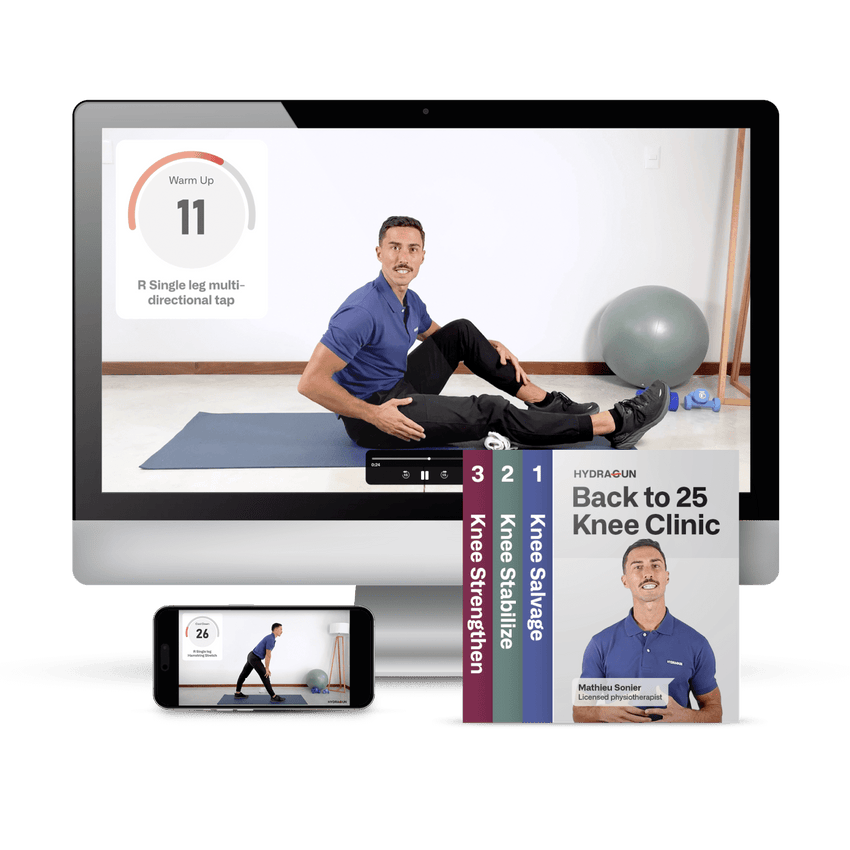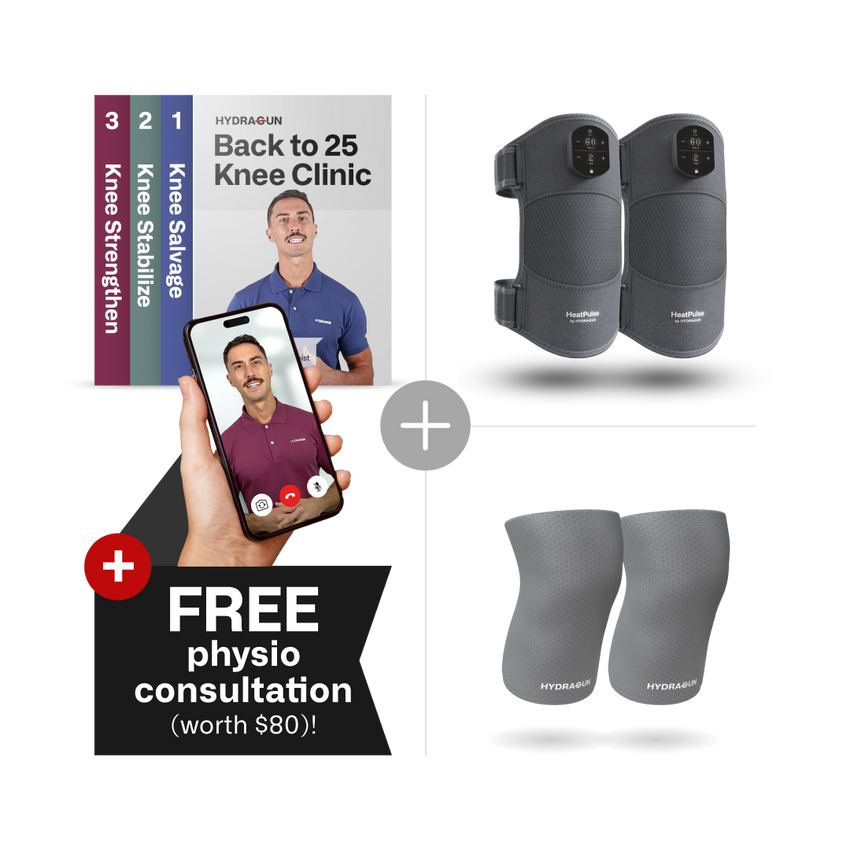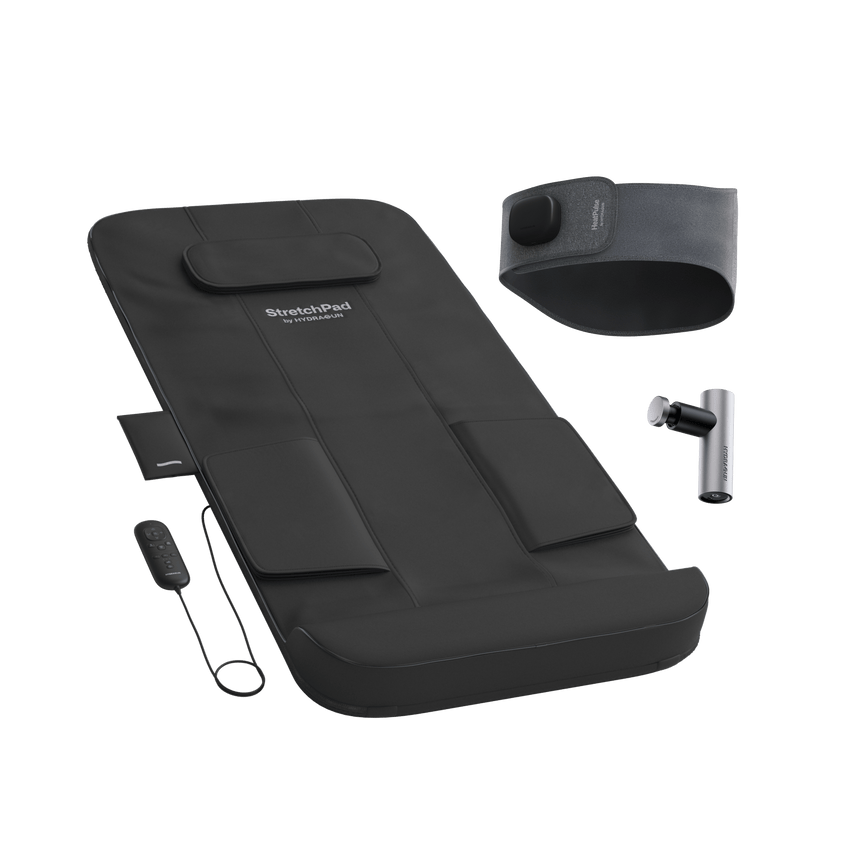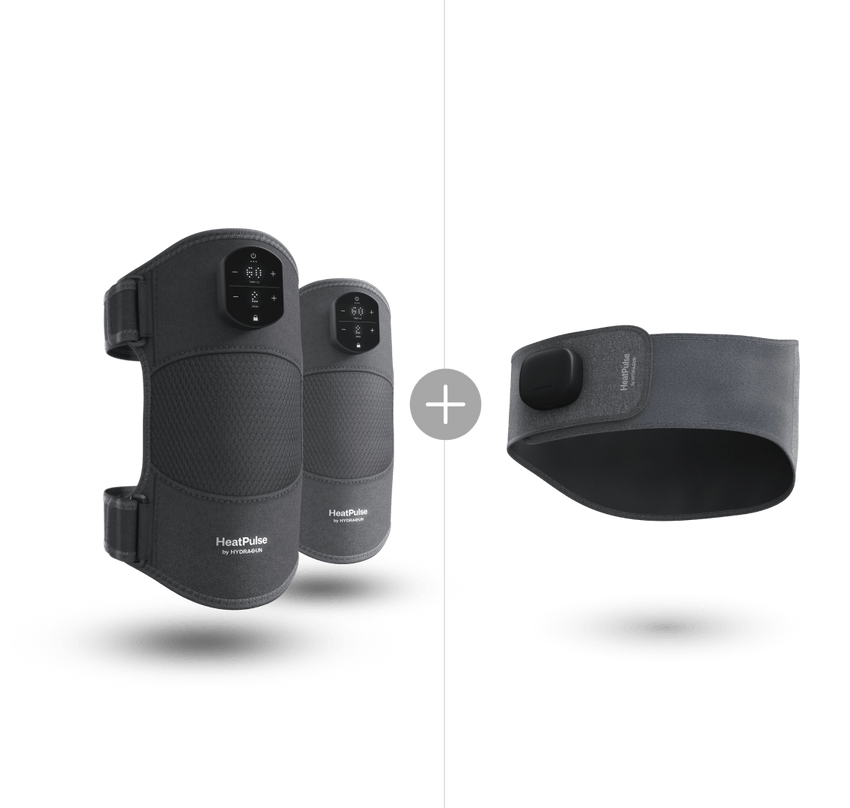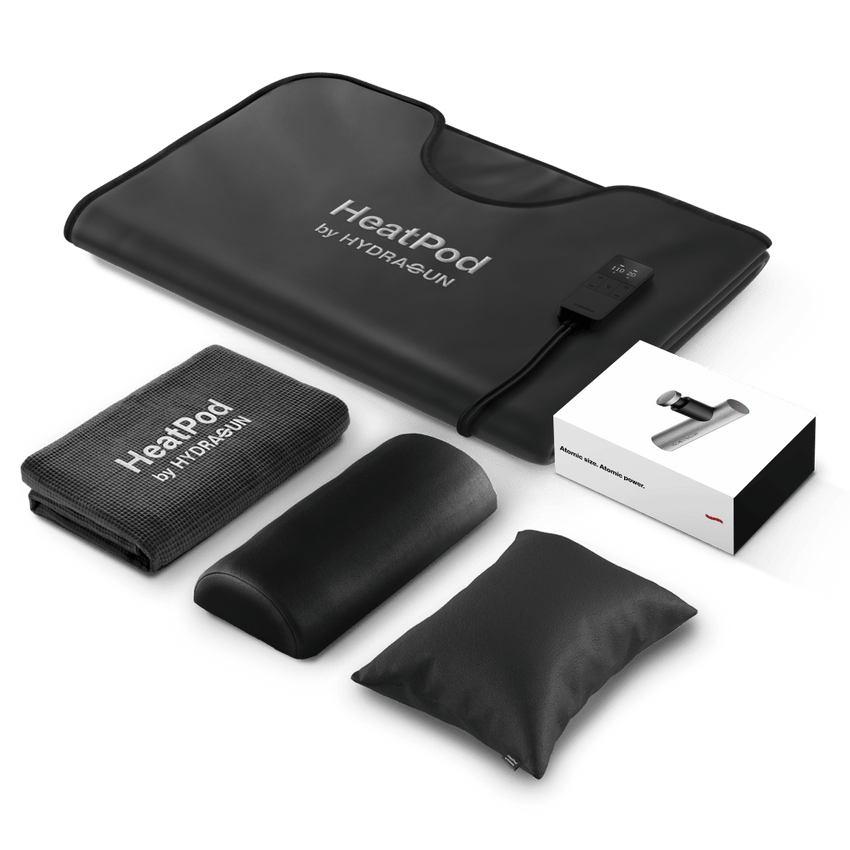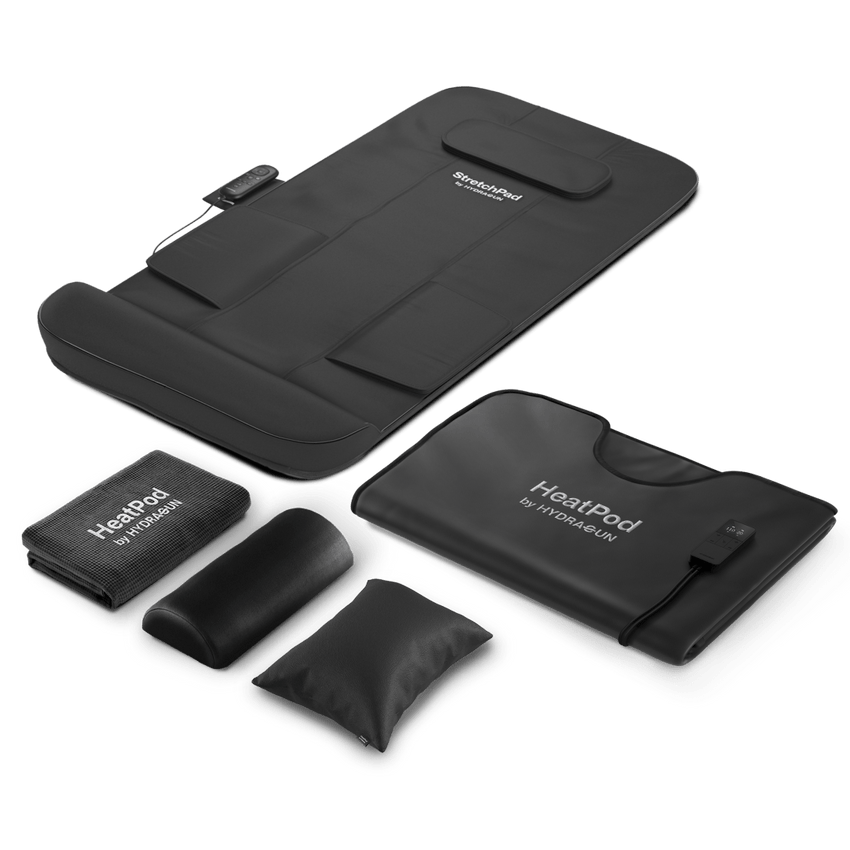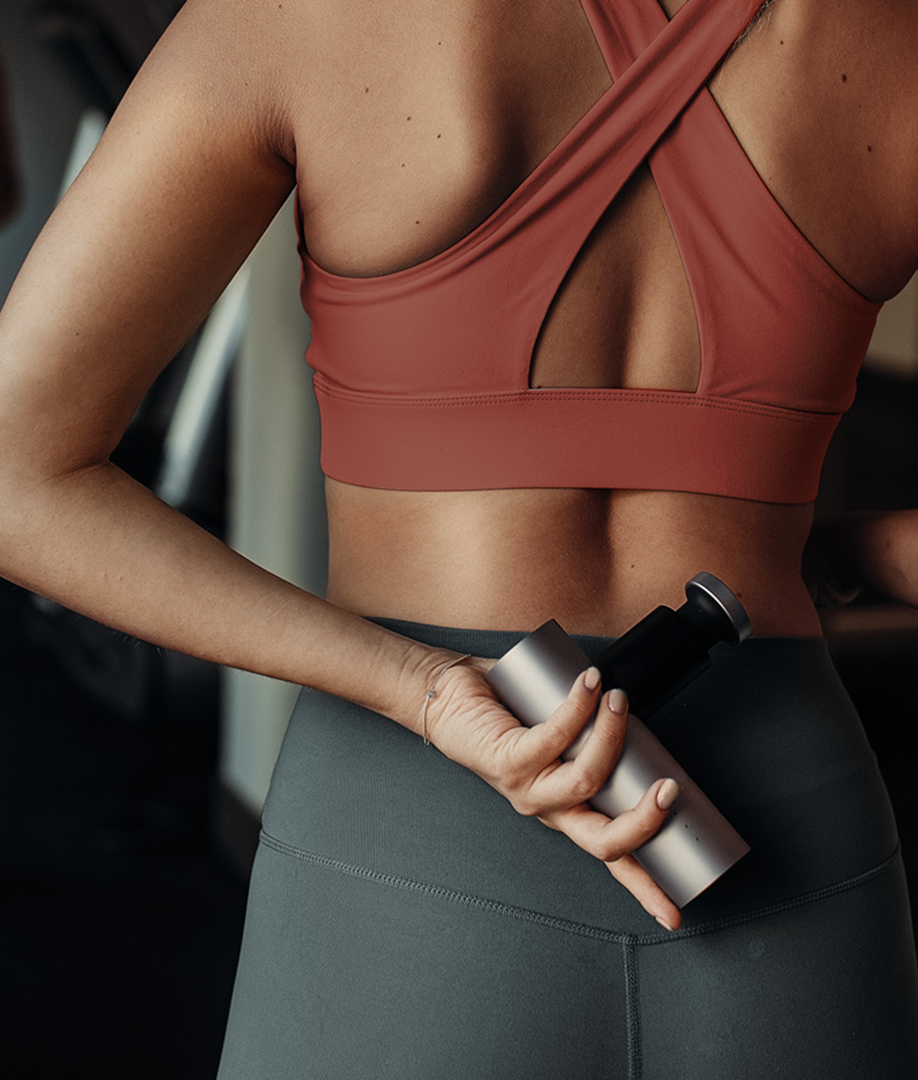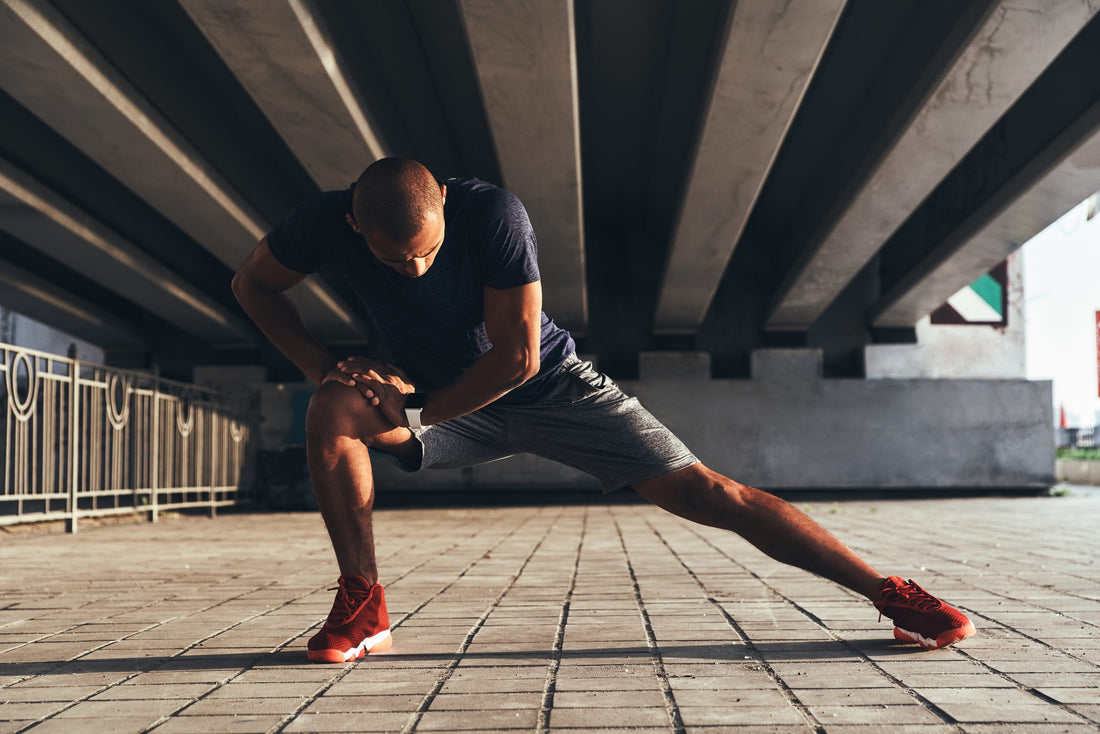Doing leg stretches after a workout is the norm. After all, your legs work hard to carry your body weight every day, especially when it’s leg day. Stretching your lower body afterward helps you cool down and prevents the risk of injury.
However, as you get older and busier, it becomes more tempting to skip out of the cooldown session. All you probably want to do after exercise is to rest up and relax.
The reality is, stretching doesn’t have to take a huge chunk of your time. It’s not as complicated as you might think. With just a few simple steps, you can work out all muscle groups and gain their health benefits daily.

Should I Stretch and Do Cardio After Leg Day?
The clear answer is yes, of course. Light stretching and low-impact cardio are considered active recovery. It keeps you mobile and flexible while resting your sore muscles.
Remember, a little bit of exercise is better than not doing it at all. If you don’t do any post-leg day stretches, watch out for these health risks:
- Flexibility loss and muscle stiffness
- More susceptibility to DOMS
- Muscle strain
- Muscle damage and tear
- Chronic joint pain

Why Should I Stretch My Legs After a Workout?
Do you want to be more flexible? Do you wish to regain your range of motion from when you’re younger? If the answer’s yes, include stretching in your everyday routine.
As Dr. Steve Weston explained,
“The goal of stretching is to take you from inactivity to activity, and back to inactivity; while decreasing the muscle tension, increasing range of motion, and decreasing the possibility of injury.”
Holding a stretch for at least 10 to 30 seconds increases the range of motion in your joints. It also improves your flexibility and adds more agility to the way you move.
In a 2020 study, researchers noted that people who stretch have better blood circulation, leading to less muscle stiffness and low blood pressure.
It also means that leg stretches after workout can protect your body against heart disease, stroke, and diabetes, which are all connected to poor blood circulation.
Adding more to the list, here are some helpful insights from Reddit:



What is the Best Leg Stretches to Do After Workout?
If you want to start stretching now, it’s best to come up with a simple plan. Aim to work with each major muscle group. Also, pay more attention to stiff areas in your body and take it slow.

Standing Hamstring Stretch
- Stand up and place your right leg in front of you.
- Slightly bend your left knee, and slowly lean your upper body forward
- As you’re leaning forward, put your hands on your right leg and keep your back straight.
- Hold this stretch for at least 10 to 30 seconds, then switch to your other leg.

Standing Quad Stretch
- Stand up with your feet hip-width apart.
- Bend your right knee and bring your right foot up behind your buttocks. Grab the right foot with your right hand.
- If necessary, press your left hand on the wall or a sturdy object for balance.
- Hold this pose for 10 to 30 seconds, and then switch your leg.

Standing Knee to Chest Stretch
- Stand up with your feet hip-width apart, then lift your left knee towards your chest.
- Grab your left knee with both hands and pull it into your chest as much as you can.
- Hold for 20 to 30 seconds.
- Release the left leg and repeat on the other side.

Front Lunge with Spinal Twist
- Stand up with your feet together, then take a big step forward with your left foot.
- Bend your left knee into a lunge pose, and keep your right leg straight behind you.
- Place your right hand on the floor and slowly twist your upper body to the left. If possible, extend your left arm toward the ceiling.
- Hold this pose for up to 30 seconds, then repeat on the other side.
If you’re aiming for a complete leg stretching routine, here’s a simple 10-minute video that you can follow anytime.
Which is Better: Static or Dynamic Stretching?
There are two main types of stretches you can do: dynamic and static. Every athlete lives by these exercises, but which one is better after a workout?
In a nutshell, dynamic stretching requires you to move actively and stretch your muscles to their full range of motion. Examples of such are hip circles and torso twists.
Since it engages your whole body and raises your heart rate, dynamic stretches are perfect for warming up before your workout session.
On the other hand, static stretching means extending a specific muscle for a short period. It works and improves your muscle flexibility rather than activating your entire body.
Because of how it works, static stretches are best for cooling down after a workout. In fact, according to a 2019 study, static stretching before a workout won’t do you any good. It reduces your muscle power and strength.

Aside From Stretching, How Else Can I Recover Sore Legs?
Treat Yourself with a Massage Gun
If you’re craving a relaxing massage, don’t go to a massage therapist anymore. A massage gun can roll out your tense muscles at home in just under 10 minutes.
Get Into Ice Baths
After sweating it out for an hour, jump into an ice bath. It eases your aching muscles and kick-starts your recovery process. It also helps you relax and sleep better after exercise.
Eat More Protein
After doing any physical activity, your body’s energy and fuel are at zero. You’ll need to recharge by including more protein in your diet.
If you’re aiming to build up your muscles, the National Strength and Conditioning Association recommends 1.5 to 2 grams of protein per kilogram of your body mass every day. That means, if you’re an average 150-pound adult, that’s equal to 102 to 136 grams of protein daily.

What Happens If I Stretch Too Much After a Workout?
As we all know, too much of a good thing can be harmful, and the same applies to leg stretches after workout. Dr. Justin Lin from Rehab and Revive put it in the best way possible.
“I feel, if you need to stretch more than once a day, you’re doing it too much.”
When you overstretch, you may experience these harmful side effects:
- Unstable joints
- Tears in your muscles, tendons, or ligaments
- Bruising and inflammation
- Muscle spasms
Before any stretching exercise, remember these safety precaution tips:
- Don’t persist when it hurts.
- Listen to your body at all times.
- Watch your form and posture.
- Don’t forget to breathe during a long stretch.
- If you can’t do it yet, slow down and modify the exercise.

The Final Stretch
Leg days can be intense on your muscles. But, you can prevent the post-workout pain by stretching your legs out. It helps you become more flexible, agile, and free of injuries.
However, aside from low-impact stretching exercises, creating a recovery routine makes a huge difference in your overall health and wellbeing. It speeds up your body’s healing process so you can bounce back after a hard, grueling day.
Now that you know everything about stretching and recovery, feel free to share this article to help others on their fitness journey. Also, don’t forget to complete your recovery kit.
Check out the HYDRAGUN today and see how it can work its magic on your sore muscles. With a customer rating of 99.7%, you’ll get a premium experience with this deep tissue massage gun.







